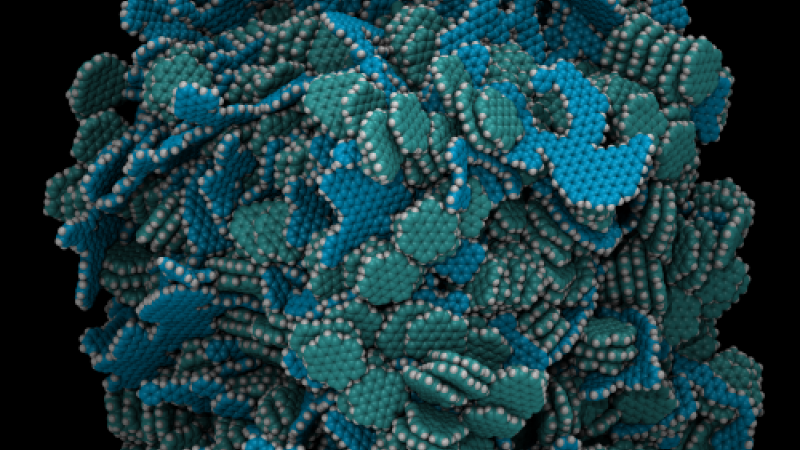When Orlando Rios first started analyzing samples of carbon fibers made from a woody plant polymer known as lignin, he noticed something unusual. The material's microstructure - a mixture of perfectly spherical nanoscale crystallites distributed within a fibrous matrix - looked almost too good to be true.
"I thought, this looks like a material that people would go through a lot of work modifying graphite to make it look this way," said Rios, a materials scientist at the Department of Energy's Oak Ridge National Laboratory. "It had a really distinct microstructure from any other graphite I'd seen."
Rios and his colleagues soon realized the lignin fiber's unique structure could make it useful as a battery anode, potentially improving upon graphitic materials found in most lithium-ion batteries. Lignin, a low-cost byproduct of the pulp, paper and biofuels industries, could be transformed into a cheaper version of highly engineered graphite through a simple and industrially scalable manufacturing process. Read more here.




